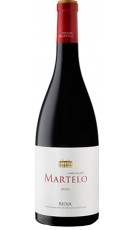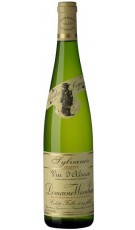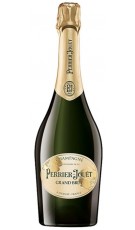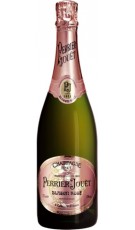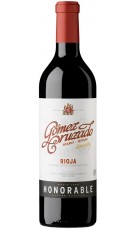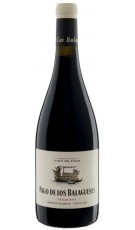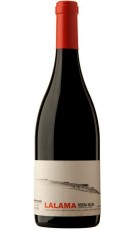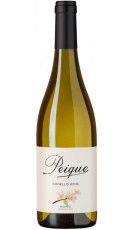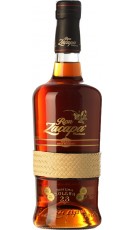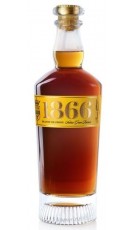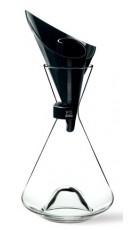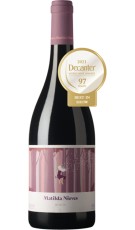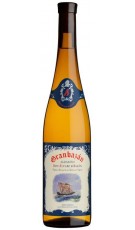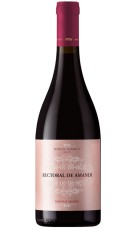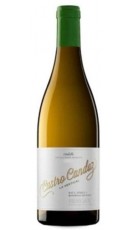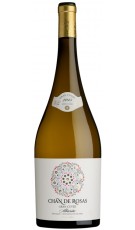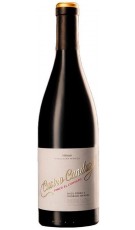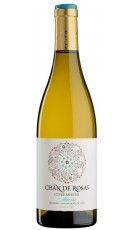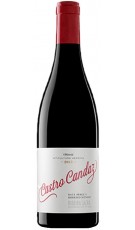
Galicia There are 217 products.
En el siglo XIV, Galicia exportaba esquejes a otros viñedos europeos. En el siglo XIX, toda la región sufrió una economía deprimida y muchos viñedos se abandonaron por la despoblación al emigrar los trabajadores. Los trabajadores de la vendimia gallega fu...
Catalog
-
Matilda Nieves 2023
Red wine.BODEGAS GALLEGASRibeira SacraA forest fairy, a young woman on her seesaw, surrounded by the idyllic landscapes of the ribeira sacra, leaves behind a trail of flavors evoking the unmistakable nuances of Mencía. With this...
In stock -
Granbazán Don Álvaro de...
White Wine CrianzaGRANBAZANRías BaixasMade from grapes from old vines from the highest part of the Tremoedo estate. Very poor soils, with little fruit load, where the leaves have been stripped, green pruning and the incidence of the...
In stock -
Rectoral de Amandi Edición...
Red wine.BODEGAS GALLEGASRibeira SacraWine made with grapes from our vineyards on the slopes of the Ribeira Sacra, it has remained in French, American and Caucasian oak barrels for six months. This bottle belongs to a limited edition...
In stock -
Iria Otero Valmica 2024
White Wine.IRIA OTEROValdeorrasIria Otero Valmica Godello, a wine with soul and without haste. Pure reflection of the environment and the history of Valdeorras.
In stock -
Castro Candaz La Vertical 2021
White WineRAÚL PÉREZ VITICULTORRibeira SacraThis wine was born from the joint project between Raúl Pérez and the winemaker Rodrigo Méndez in the Ribeira Sacra sub-area of Lugo, using native grapes, resulting in wines...
-
Chan de Rosas Gran Cuvée...
White Wine CrianzaCHAN DE ROSASRías BaixasWhite Wine Crianza, aged in french oak barrels with its less
In stock -
Castro Candaz Finca El...
Red Wine CrianzaRAÚL PÉREZ VITICULTORRibeira SacraThis wine was born from the joint project between Raúl Pérez and the winemaker Rodrigo Méndez in the Ribeira Sacra sub-area of Lugo, using native grapes, resulting in wines...
-
Viña Somoza VIA XVIII 2022
Red Wine.VIÑA SOMOZA, BODEGAS Y VIÑEDOSValdeorrasRed wine made from Mencía (60%), Garnacha tintorera (25%), Mouratón (7%), Albarello (3%), clay soil with black and red slate, sand and gneiss, and alluvial soil. 12 months in 400 and...
-
Chan de Rosas Cuvée...
White Wine CrianzaBODEGA DÍAZ BAYORías BaixasWhite wine DO Rías Baixas.
In stock -
Castro Candaz Mencía 2022
Red Wine CrianzaRAÚL PÉREZ VITICULTORRibeira SacraThis wine was born from the joint project between Raúl Pérez and the winemaker Rodrigo Méndez in the Ribeira Sacra sub-area of Lugo, using native grapes, resulting in wines...
In stock

En el siglo XIV, Galicia exportaba esquejes a otros viñedos europeos. En el siglo XIX, toda la región sufrió una economía deprimida y muchos viñedos se abandonaron por la despoblación al emigrar los trabajadores. Los trabajadores de la vendimia gallega fueron en parte los que contribuyeron con su labor a desarrollar los viñedos en bancales de la región del vino de Oporto del Duero. Cuando España entró a formar parte de la Unión Europea en 1985, comenzaron a llegar fondos a Galicia que ayudaron al resurgimiento de la industria vitivinícola.

(+34) 91 129 11 11
(+34) 638 458 218
- Brandy
- Cognac
- Gin Premium
- Ron
- Whisky
- Denomination of Origin
- Winery



